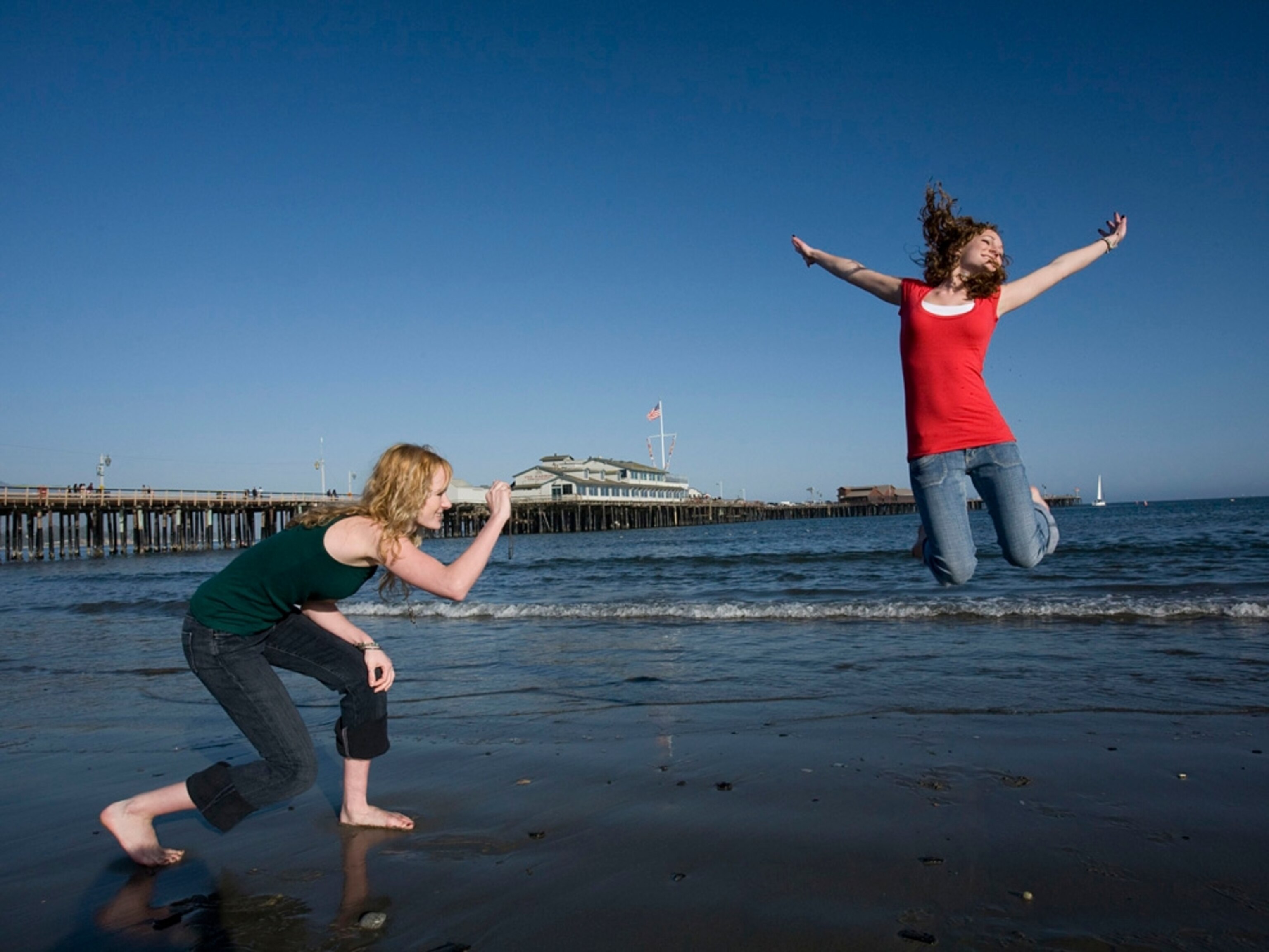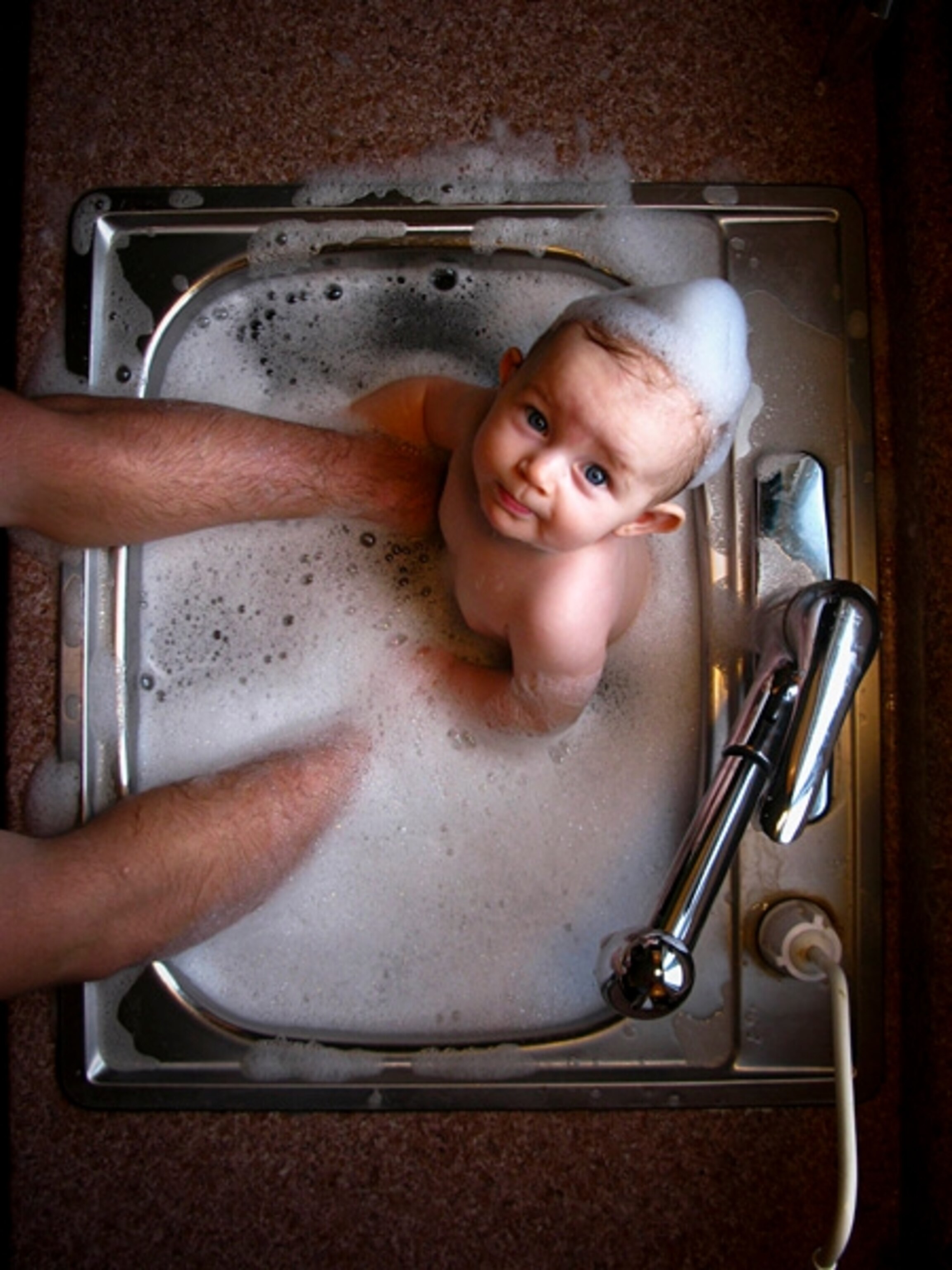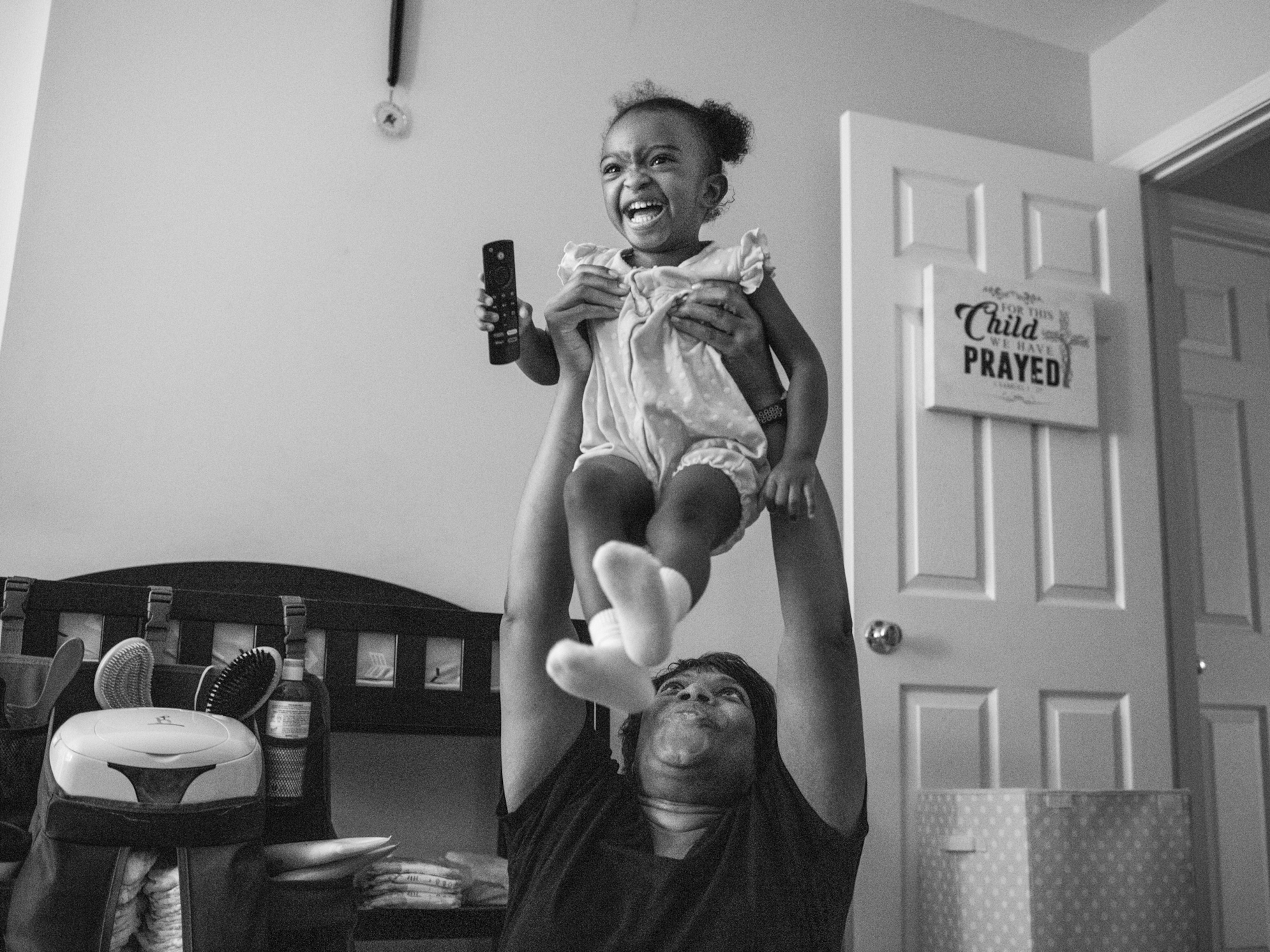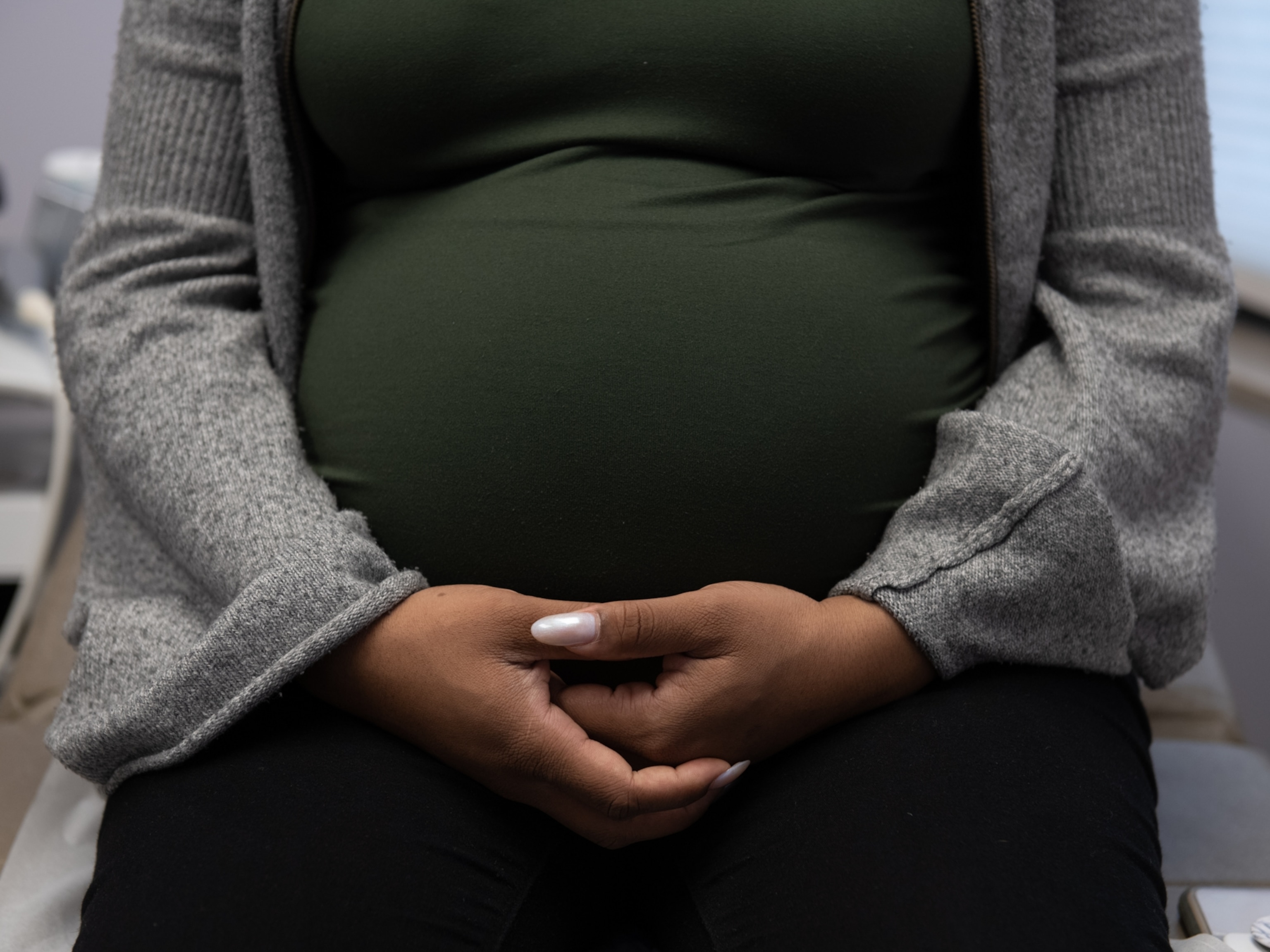
Here’s how to take at-home photos like a Nat Geo photographer
Get kids adventuring around the house with these pro photo tips.
Even if your vacation is going to be more of a "staycation," your family can still use the same skills that National Geographic photographers use to explore and document your backyard, home, or even just the bedroom.
Being in the right place at the right time and having close-up access to your family is what home photography is all about. Plus, familiar places can seem as exotic as a deep jungle or lofty peak when you see it with fresh eyes, which is what professional photographers do every moment they’re on the job. “What seems utterly ordinary to you is in fact a slice of the cultural life of your world,” Nat Geo photographer Catherine Karnow says.
You don’t need anything more than a camera phone to get started. Then have kids think carefully about what each member of your family likes to do. Does someone obsess over puzzles? Bake bread? Dance like a K-pop star?
After all, these intimate moments won’t last forever. Use the following photo tips from Nat Geo experts to seize the opportunities now—and employ them in the future when we can once again explore farther afield.
Mix things up
Challenge your kids to shoot a variety of images. Capture the landscape of your garden but also an architectural detail like the handrail on a staircase. Make a portrait of a family member sitting still, but also take a picture of that same person engaging in an activity, like putting away dishes or riding a bike. And shoot at different times of the day: early morning, midday, dusk. The resulting gallery creates a cohesive and rich portrait of your neighborhood or home life.
Embrace bad weather
Cloudy day? Don’t put away the camera. “Instead of wishing for a sunny day and ‘beautiful weather,’ notice how elements like mist and fog can be effective in conveying emotion, especially nostalgia,” Karnow says.
And if it’s raining? No problem. Just wait until it’s over, then head outside. “Look around for a puddle of water. Get down low to the surface of the water (like a couple of inches) and you'll suddenly have wonderful reflections to work with,” Nat Geo photographer Jim Richardson says.
Wait and watch

When it comes to super-active kids or pets, advise children to be patient and pay attention to their subjects. “They often have moments when they stop moving for a second or two. Often they’ll do it again,” Richardson says. “Learn their tells and you can be ready when the next moment of stillness happens.” When photographing a pet, get close, get low, and keep the background simple. (Get kid-friendly tips for capturing the perfect pet portrait.)
Go for the golden hour

Ever notice how a room looks different early in the morning when the sun is coming up? And how the light coming in from the window shines in a special way right before the sun sets? “We call that time ‘golden hour’ because the sun at that angle makes everything look more golden,” says Nat Geo Travel photo editor Maura Friedman. That’s a great time for kids to explore the house and neighborhood with a camera—even if it means getting up a bit earlier than usual or moving dinnertime.
Plan that perfect portrait

You don’t need a flash to get a great picture of a family member. You can rely on natural light alone if you position your subject near a window. Curtains can work to soften the sunlight.
Advise kids to look for telling details about their subjects. Does a sibling play the piano? Focus on her hands. Or does she participate in marathons? Look at her feet. The abstraction says something about the individual. Also look for close-up details when photographing babies. Experiment and fill the frame with a hand, a foot, or a tuft of hair.
If you’re photographing a group, shoot several frames to make sure you get an image in which no one’s eyes are closed.
Go high and low

“Put your camera in some unique location that will give you a new, novel, useful, or intriguing viewpoint,” Richardson suggests. Have kids search out a high spot such as a balcony, tree branch, or stairway. They also might get an intriguing image by simply holding their cameras over their heads. (This is called the “Hail Mary” shot and is often used by news photographers trying to get a shot above the heads of a crowd.)
Alternatively, get the camera on the ground, angle it up a bit, and shoot away. Or get beneath things and look up, whether that’s under a table or a bed of flowers.
Don’t stop at the end of the day

Keep an eye out for things to shoot when evening comes on. Everyone loves to watch a sunset, but when photographing one, “it isn’t enough to get a great sky,” Karnow says. “You have to have an element in the shot that will provide both interest and a sense of place.”
And next time there’s a full moon, have kids head out to document the moment. (Get kid-friendly tips for photographing the moon.) But don’t use the zoom on the camera, which will decrease quality. “Take the image first, then zoom in to crop or enlarge detail,” Nat Geo photographer Michael Christopher Brown says. “Ideally the phone is stabilized,” he says, because when shooting something so far away, tiny vibrations of the camera can dramatically reduce image quality. If no tripod is available, even placing the phone on a solid surface like a ledge or windowsill will ensure a stable exposure.







